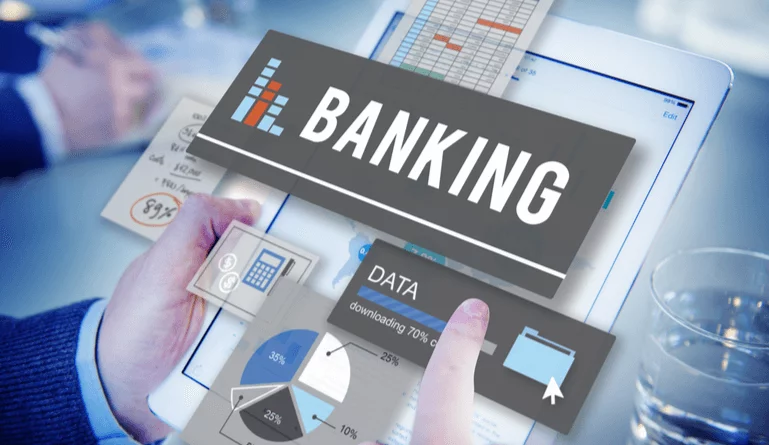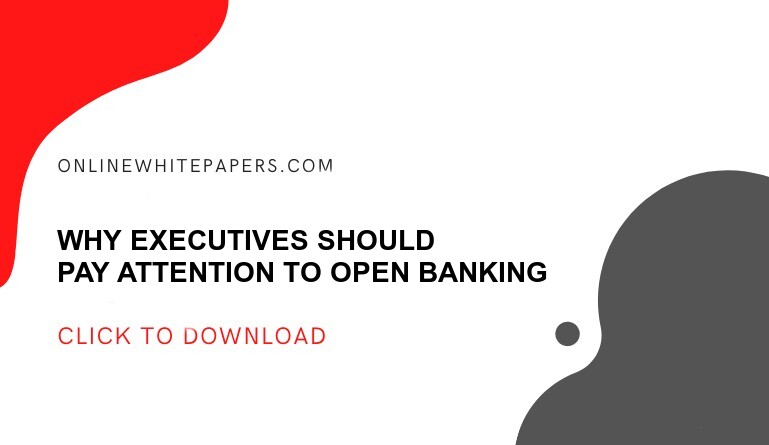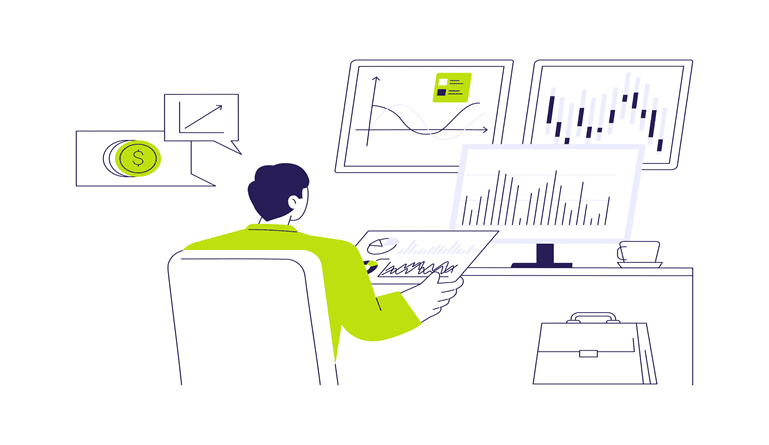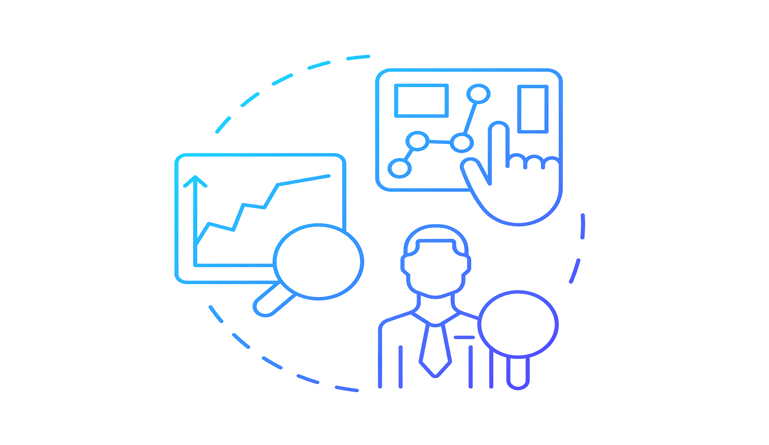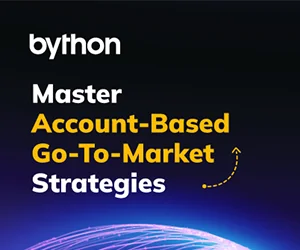Have you ever thought about the data we create every day? Each message you send, any credit card transactions, each website you open creates data. All of these actions lead to 2.5 quintillion bytes of total data. It is the amount of data internet consumers from all around the globe are creating daily.
However, the availability of this amount of data is also creating endless opportunities with some challenges for the forward-thinking industries across the globe. Similarly, the corporate banking sector is also capitalizing on this big data, just like other industries.
Digital banking has been used by more than half of the adult population of the world. Therefore, financial service providers now have enough data in hand to become more efficient and optimized in their operations.
Big data in banking: What you need to know?
Arguably, the banking field is a prime example of how technology can revolutionize the customer experience. The days had long gone when banking customers had to stand in line just to deposit their cheques. It is because now customers can perform their banking activities through mobile phones easily. Through mobile apps, they can do anything from money transfers to checking bank balances to pay bills, deposit checks, and more.
These features have brought amazingness to the customer experience. As most banking activities are occurring online, capturing and recording big data isn’t difficult for the banking sector anymore.
That’s why big data analytics in banking has become so important. Banks are now able to establish a 360-degree view of customers by using both transactional and personal information.
Even more, with analytics-driven tools and strategies, banks now can unlock the real big data potential. Most importantly, businesses qualifying their gains from big data analytics in banking are experiencing an 8% revenue increase, on average. Also, they are experiencing a 10% cost reduction, according to a survey from BARC.
The Main Benefits of Big Data Analytics in Banking
As per a report by IDC, the big data and analytics revenue is expected to grow to $260 billion worldwide by 2022. Undoubtedly, the banking sector is one of the most prominent business domains making the highest investment in big data analytics technologies.
Big data has been expanding in numerous business segments. The use of advanced methods such as artificial intelligence, data mining, predictive analysis, etc. is ensuring quicker and superior business decisions based on big data analytics.
( Also Read: Retail Banking vs. Corporate Banking: What’s the Difference? )
Banks and other financial organizations are recording millions of transactions regularly. Most importantly, these are commonly real-time entries. Even though recording this volume of data is pretty challenging for the banking sector. However, big data analytics in banking is an efficient way to record these transactions systematically. Recording this big chunk of data can benefit the banking sector in different ways.
Let’s get to know about some of these benefits of big data analytics in banking below to know more about this regard. So, here we go:
-
Get insights into complex aspects of an individual’s life
Customer segmentation is now commonplace in the banking sector. It is because this helps the credit unions and banks to categorize their customers optimally. However, basic customer segmentation lacks the coarseness these organizations require to understand the wants and needs of their customers.
Instead, big data analytics in banking is making segmentation easier and has taken that to the next level. As it can let you get insights into the complex aspects of an individual’s life. These insights account for various factors, including:
- Demographics of customers
- Number of accounts associated with a customer
- Products a customer has currently
- Major life events
- Offers customers have declined previously
- Products they are more likely to purchase in the future.
- Service preferences
- Behavioral patterns
- Attitude towards the bank and much more.
Overall, big data analytics can let you get insights into complex areas of someone’s life, from their lifestyle to preferences. Due to which it becomes easier for banks to provide a more personalized experience to their customers.
-
Improved risk management
Big data analytics can also help banks to improve their risk management significantly. It is because big data can provide real-time insights into your customer’s behaviors. Also, it can help banks in making more informed decisions in the best possible way.
The use of intelligent algorithms can help in preventing malicious actions potentially. These tools can further help in evaluating risk and manage their services accordingly to boost their productivity and efficiency in the best possible way.
-
Fraud prevention
Big data analytics in banking can also help in reducing fraudulent behavior.
Identity fraud has become one of the fastest-growing types of fraud. About 16.7 million victims suffered from identity fraud in 2017 only. This was a record high cases followed by the prior record high cases of 2016.
However, big data analytics has helped banks in reducing these numbers significantly. It is because monitoring patterns of customer spending and identifying unusual behaviors with big data analytics in banking help to prevent fraud. Ultimately, customers feel more safe and secure while using their services.
-
Identify upselling and cross-selling opportunities.
Businesses are more likely to sell to their existing customers than attracting potential prospects. It means upselling and cross-selling can be some of the easiest opportunities for banks to improve their profit share effectively. Even more, identifying effective upselling and cross-selling opportunities has become easier due to big data analytics in banking.
Final Thought
The banking sector is now finding new ways to leverage the power of big data analytics. This has become an innovative journey of discovery-driven by technological innovations. Even more, artificial intelligence and machine learning combined with big data analytics can offer more benefits.
These include reduced errors, more optimized customer segmentation, quality management, and more. Even more, big data analytics in banking can also help banks to review customer preferences and product data more effectively.


